New research out of the Netherlands is giving a new perspective on the complexities of gender identity development in children and adolescents.
New Study Questions Child Gender Transition
The recent research revealed that 78% of participants experienced no gender dissatisfaction, and 19% saw decreased dissatisfaction over time, while only 2% reported increased dissatisfaction.

Irreversible measures such as hormones or surgery can pose a significant risk, and there is no going back if later the feelings change. Strict guidelines are needed to limit irreversible treatments for minors.
Debate Continues
This research presents as the United states is seeing an increase in children that are receiving medical interventions to transition. The consequences get more intense as ongoing debates about treatment for transgender youth continue.
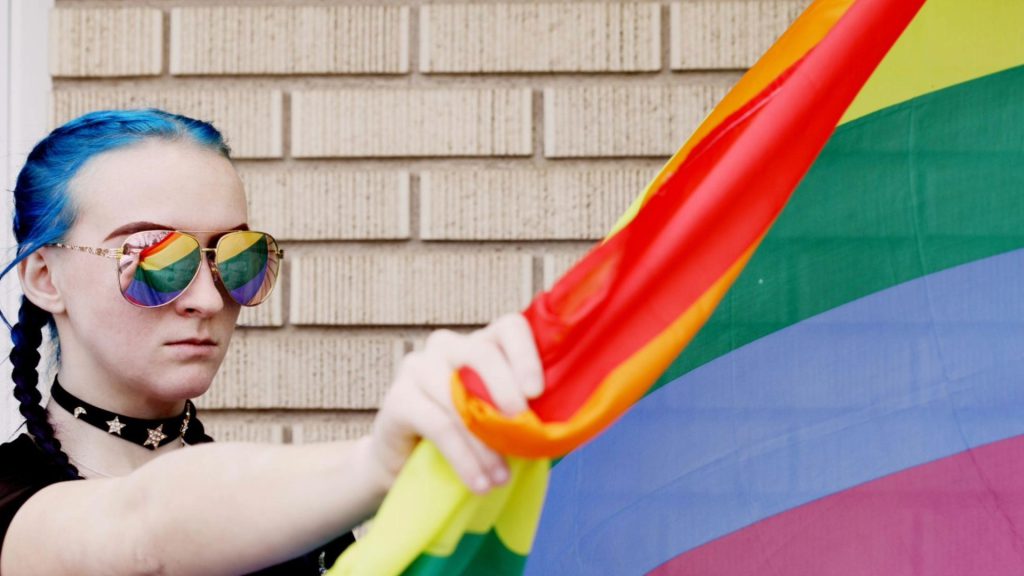
While some medical interventions can be lifesaving, others see it as harmful and even unnecessary, especially for those still developing a sense of identity.
Concerns From Conservatives
Some conservatives contend that this study confirms skepticism about facilitating childhood gender transitions. Patrick Brown of the Ethics and Public Policy Center said, “This study provides even more reason to be skeptical towards aggressive steps to facilitate gender transition in childhood and adolescence.”
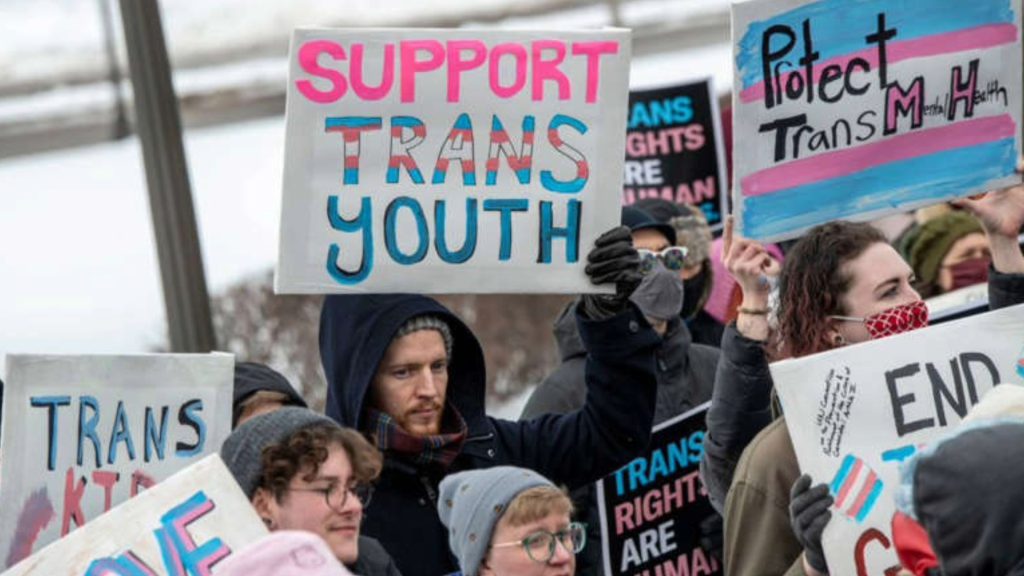
He argued that for most, “prudence and caution, rather than a rush towards permanent surgeries or hormone therapies, will be the best approach for teenagers struggling to make sense of the world and their place in it.”
Gender Dysphoria
The study, published in Archives of Sexual Behavior, followed more than 2,700 individuals from 11 years old until they were in their mid-twenties.
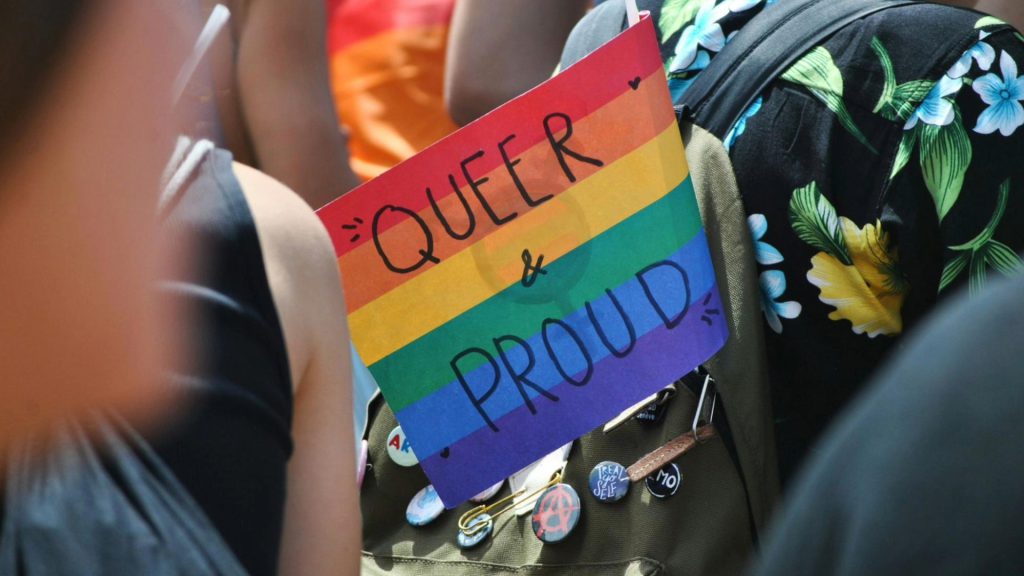
Over the course of 15 years, researchers intermittantly surveyed participants about their gender identity feelings, finding a significant decline in dissatisfaction as they matured.
Changing
In the begining, around 11% of adolescents shared having some form of gender discontent. However, by age 25, only 4% still had those feelings, clearly showing that feelings surrounding gender can often resolve as the person matures.

The Tracking Adolescents’ Individual Lives Survey studied 2,772 people to gain more insight on gender dissatisfaction.
Fighting Discrimination
Activists lobbied for the removal of homosexuality from the American Psychiatric Association’s list of mental illnesses and passed legislation that prohibited the discrimination based on sexual orientation.
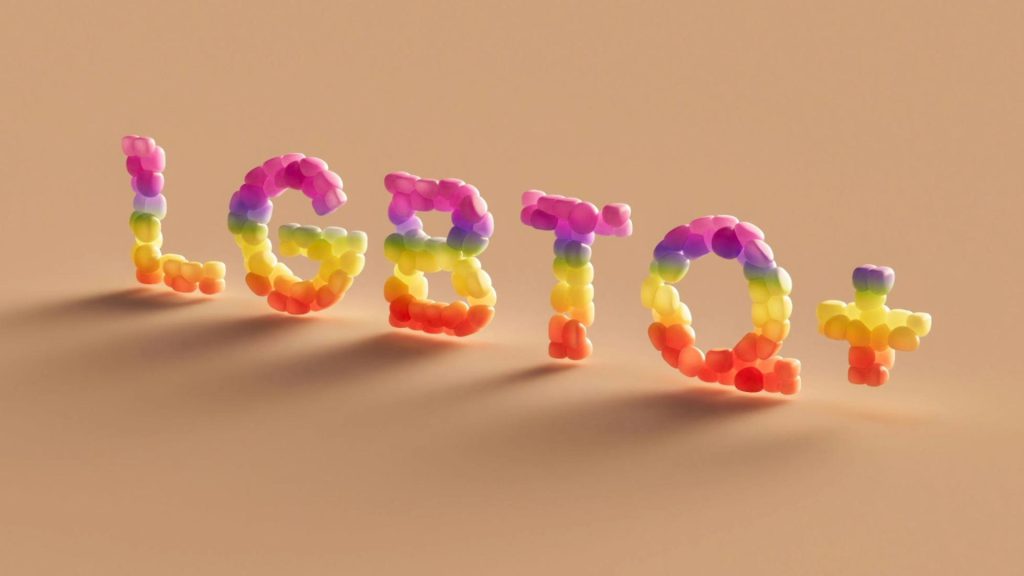
In the 1980s and 1990s the AIDS epidemic only exacerbated the actions of the activists as they fought for research funding and policies to address the health crisis.
History Of The LGBTQ Movement
In the 1950s, the Mattachine Society and the Daughters of Bilitis emerged as two of the very first major LGBTQ organizations in the United States, raising awareness of the challenges faced by gay and lesbian people.
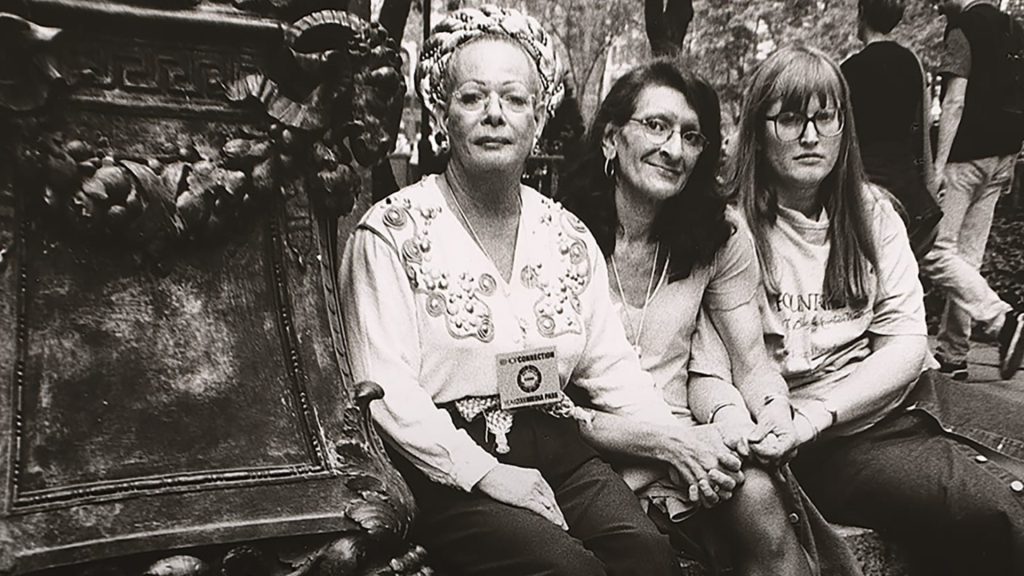
The Stonewall Riots of 1969 represents the critical moment that catalyzed the modern LGBTQ rights movement.
Multiple Wins
By the 2000s and 2010s, the LGBTQ movement celebrated several wins that they fought so hard for. The United States Supreme Court came down with legislation that prohibited same-sex relationships and marriage.
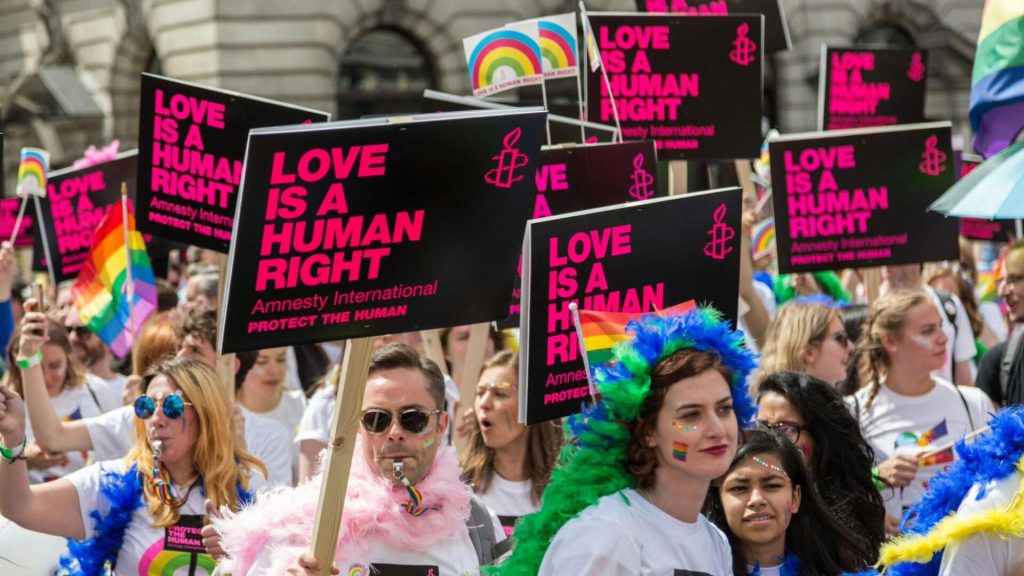
Nonetheless, discrimination and barriers to equality persist. The movement continues campaigning for laws that ban discrimination in employment, public accommodations, and medical care.
Transgender Movement Meets LGBTQ Movement
In the 1970s and 1980s the transgender movement joined forces with the bigger LGBTQ movement. Up until that point, the gay rights and transgender rights movements had operated on a separate basis.

While the history of the gay and transgender movements are unique, they also have many parallels.
Transgender Movement And Transgender Children
Throughout history, certain cultures have acknowledged the concept of a “third gender” for those who did not fit into the typical gender binary.

The first gender reassignment surgery known took place in Germany in the 1930s. In the 1950s and 1960s, doctors started performing “sex change” operations with increasing frequency.
The Emergence Of Transgender Rights Movement
The transgender rights movement started to gain traction in the 1970s, as activists campaigned for legal protections against pathologization by medical and psychiatric institutions.
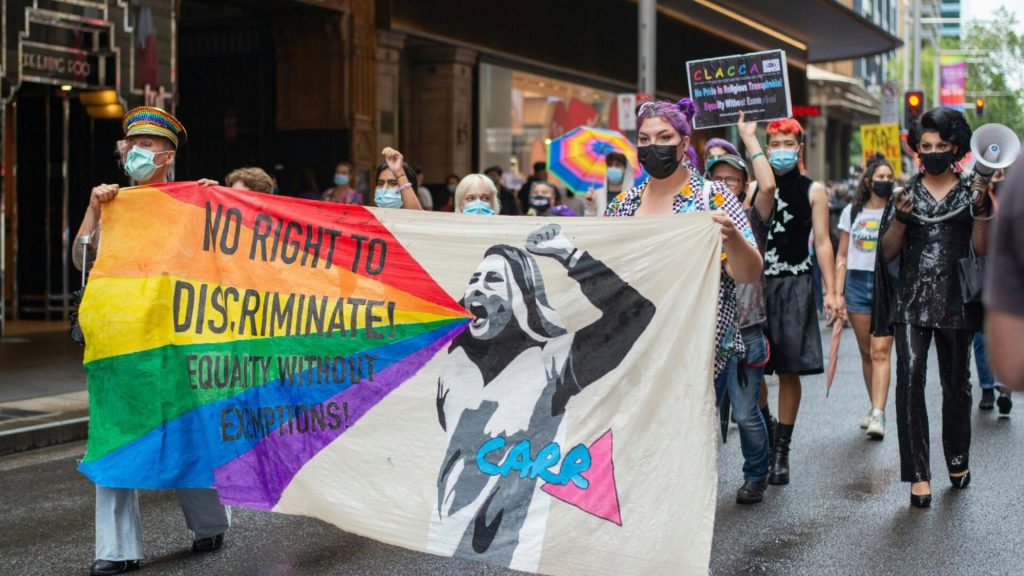
The 21st century, there have been notable advancements in the transgender rights. More children are able to socially and medically transition at younger and younger ages.
The Approach
The research proposes a “wait-and-see” approach may be the best option for kids with gender dysphoria. Instead of heading straight for hormone therapy or surgery. Leading with a cautious stance gives the child’s gender an opportunity to unfold naturally as they go through adolescence and young adulthood.
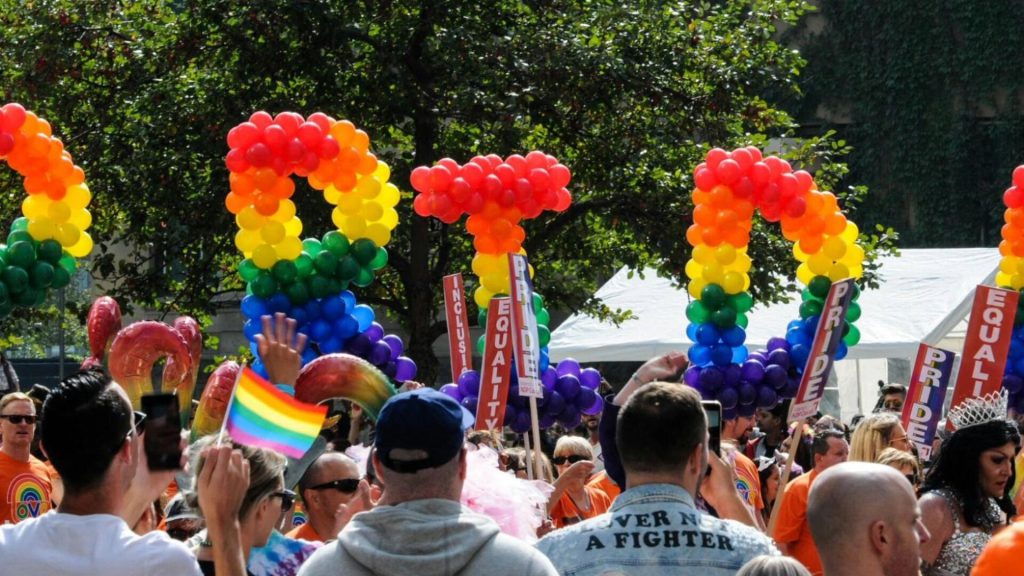
The research found 78% of participants experienced no change in gender dissatisfaction over 15 years, while 19% saw a decrease. Only 2% exhibited an increase.
Key Findings
The study drew upon data from the Tracking Adolescents’ Individual Lives Survey (TRAILS), an ongoing research project launched in 2001 to investigate mental health and social development in individuals from early adolescence into young adulthood.

Participants were surveyed during various points, starting at ages 11 and 12 and again at ages 19 and 25. Researchers analyzed responses related to gender identity and dissatisfaction to determine how feelings changed over time.
Risks
While some children need medical support, more research is needed to better understand the appropriate criteria and guidelines. Irreversible physical changes and life-long hormone dependence are serious commitments, especially for children.
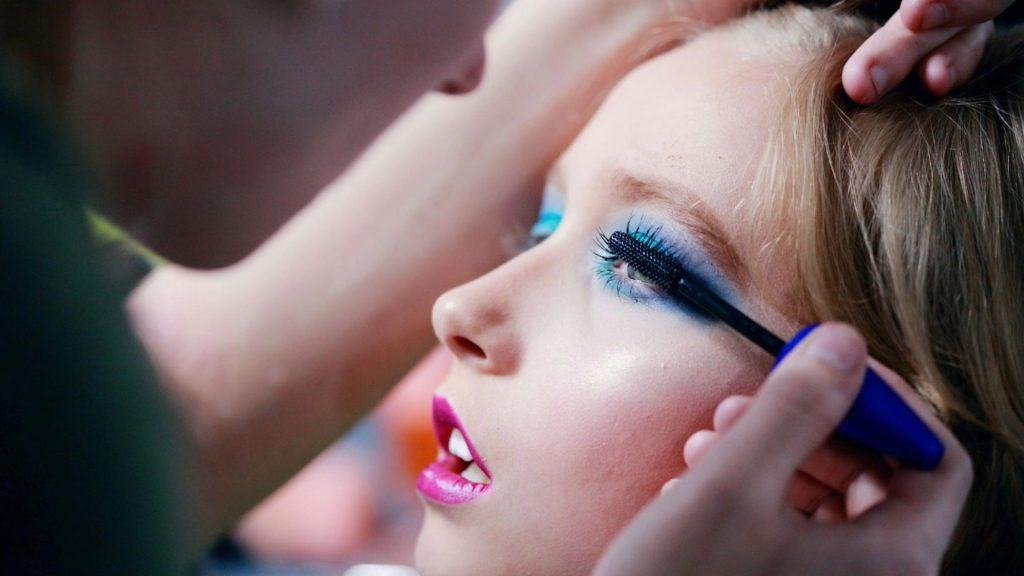
Opponents contend that minors are incapable of giving fully informed consent. They suggest that transition may cause more harm than good for children whose gender dysphoria would have otherwise resolved naturally on its own over time.
Netherlands Study Findings
The study’s findings emphasized three distinct trajectories for gender identity development. Most participants (78%) reported no feelings of gender dissatisfaction.
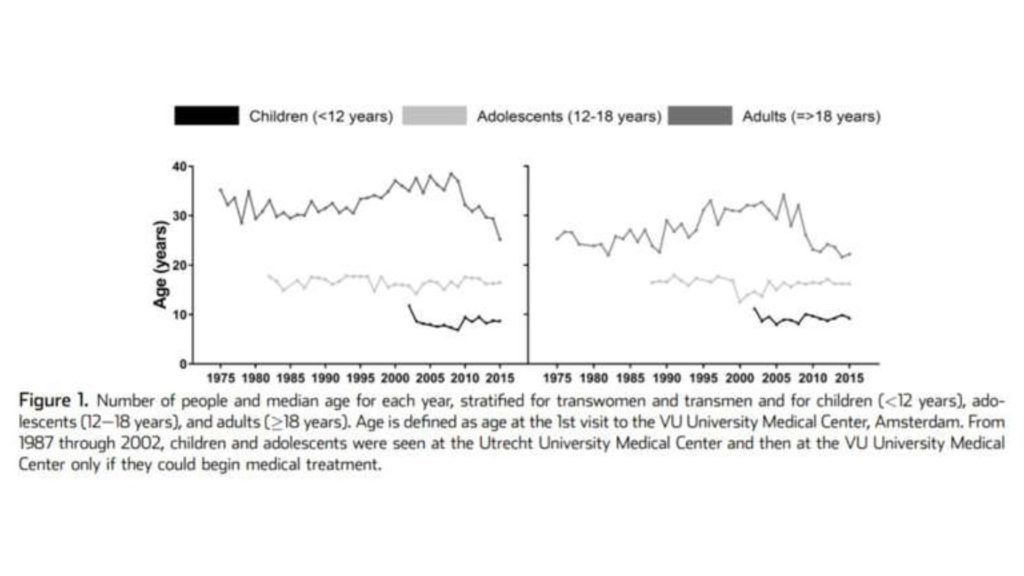
However, 19% indicated decreasing dissatisfaction over time, while 2% showed increasing dissatisfaction into young adulthood.
Exercise Utmost Caution
Dr. Paul Hruz, a pediatric endocrinologist said, “This evidence suggests we should exercise extreme caution before facilitating medical transition among minors. ” Hruz emphasized that most children with gender dysphoria will outgrow these feelings as they grow into adulthood or even by ways of proper counseling and support.

“Rather than immediately proceeding to hormonal and surgical interventions, helping children feel comfortable with their biological sex may be a preferable approach for many,” he said.
Transgender Advocates And Critics React
Transgender proponents contend that the research doesn’t take into consideration the mental health benefits of gender transition for those who continue to experience gender dysphoria into adulthood.
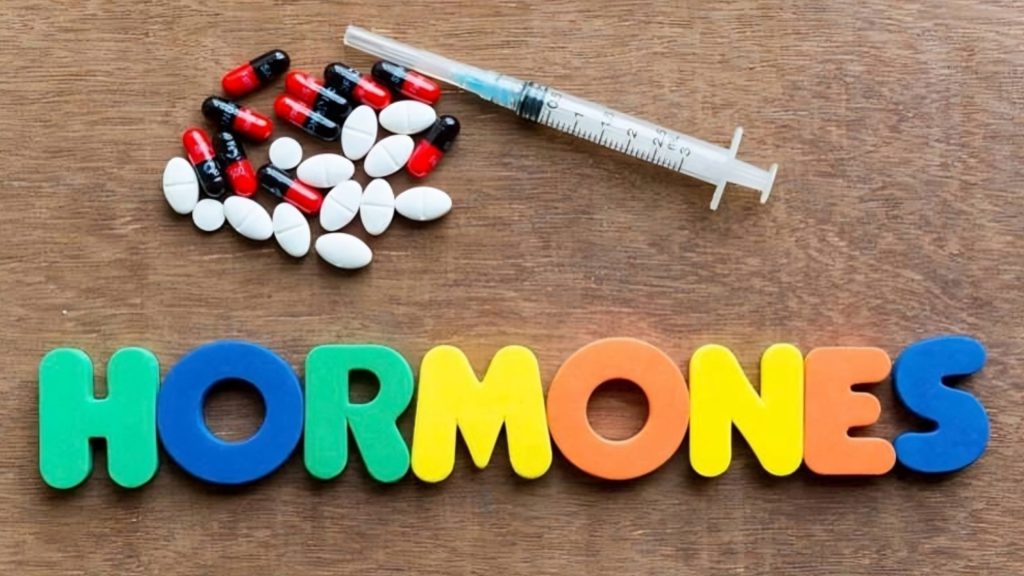
Rachel Percelay of the Transgender Law Center said,”For the minority of trans youth who need it, medical intervention can be lifesaving.” However, opponents point out that the findings underscore the risks of early medical interventions for children and the need for more stringent guidelines.
The Study Does Have Limitations
The authors recognize that the study has limiations, including the uncertainty of whether participants were representative of the general population and the possibility of response bias.
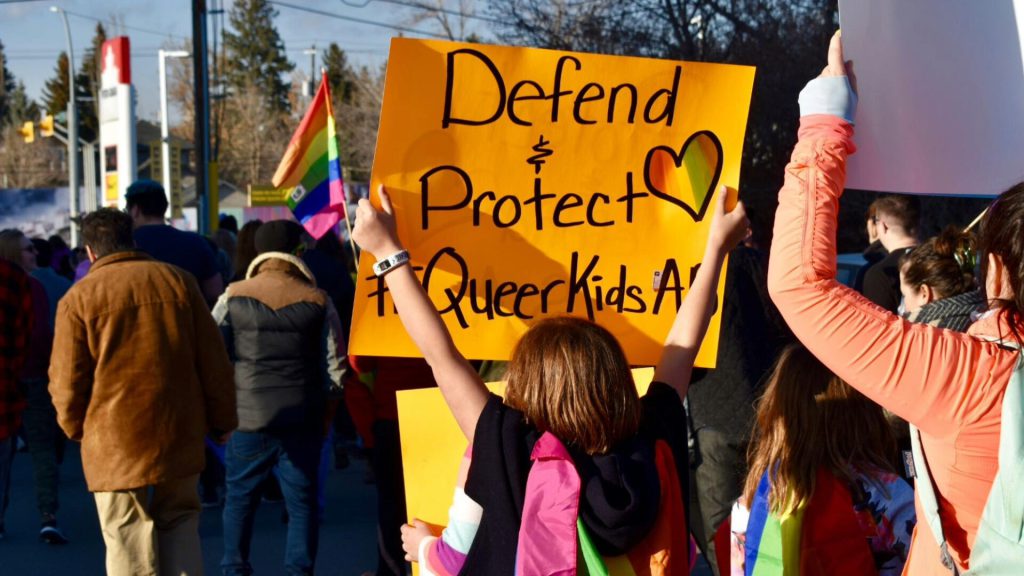
Despite this, they maintain the results give valuable insight on the course of development with gender identity in children and adolescents.
Alternatives To Medical Interventions
The management of gender dysphoria through medical interventions has become increasingly controversial, especially with the findings of the new research indicating these feelings may subside over time.
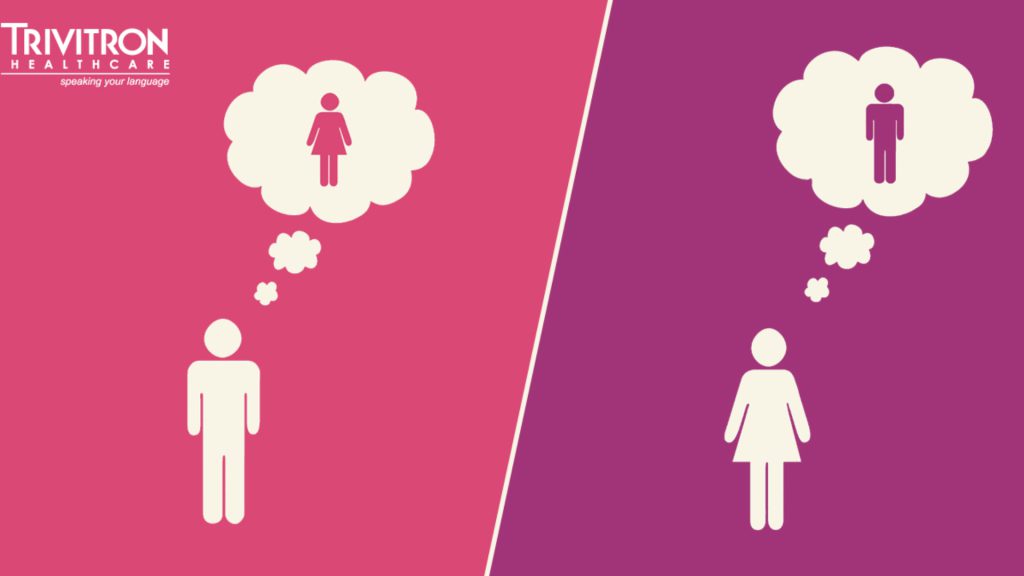
In lieu of hormone therapy and gender reassignment surgery, some specialists recommend a “watchful waiting” approach for youth. This includes ongoing counseling and mental health support without medical intervention.
Pause With Minors Seeking Transitioning
Michelle Cretella, executive director of the American College of Pediatricians wrote,”This research should give pause to reckless practitioners who are too quick to prescribe irreversible treatments to minors dealing with issues of gender identity.”
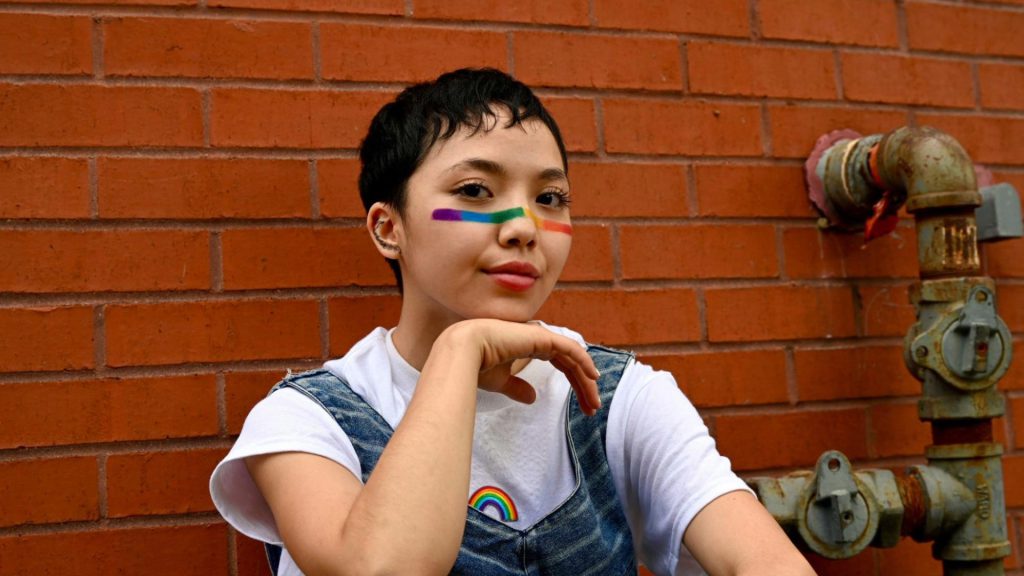
Cretella called for an end to “unscientific gender ideology” that promotes medical intervention for children. In contrast, advocates argue that treatment should remain patient-centered. “For trans youth, the most important thing is that they have autonomy and self-determination over their own bodies and health care,” Percelay said.
Counseling And Therapy
For many gender dysphoric youth, counseling and therapy offer avenues that tackle underlying issues contributing to distress surrounding their gender identity, helping them with coping strategies that help manage these feelings.

Combining family and individual counseling can significantly help some of these children.
The Decline In Gender Dissatisfaction
The comprehensive research gives compelling evidence that gender transition surgeries should not be rushed into, especially for children and teenagers.
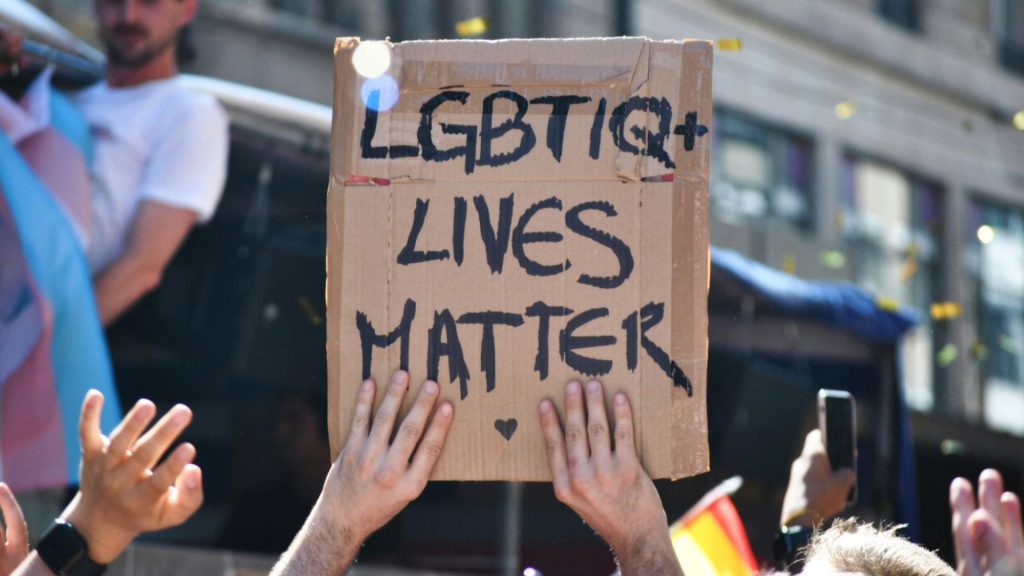
As indicated by the study, feelings of gender dissatisfaction will naturally decline for most individuals as they mature into adulthood. With up to 80% of children finding resolution with their gender uncertainty over time.
Social Transitioning
Certain families find that giving a child the option to socially transition to their preferred gender by ways of changing their hair, clothing, or even their name can assist in alleviating distress.
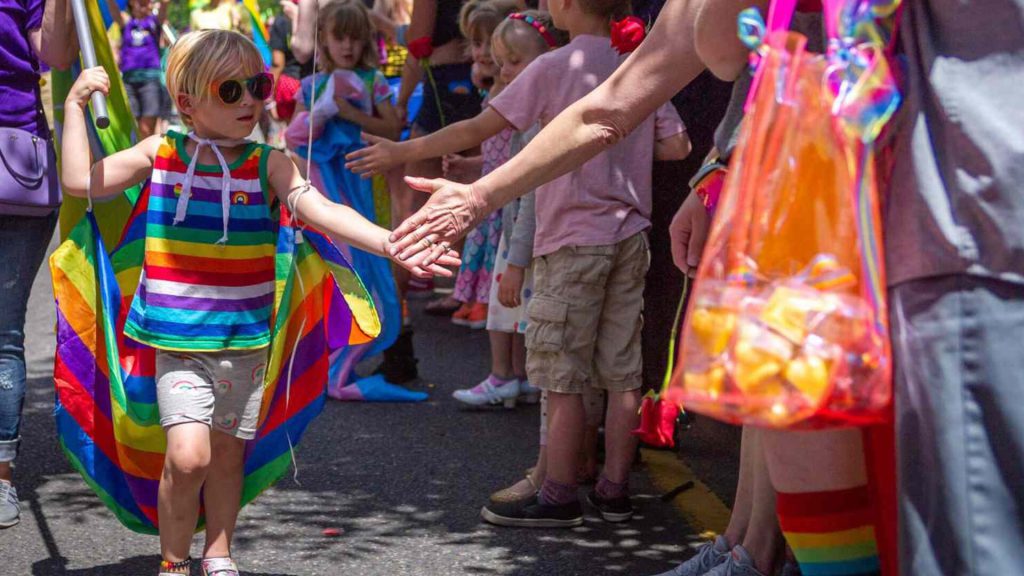
This approach gives the child an opportunity to explore their gender without pursuing medical intervention.
The Priority Should Be Protecting Children
For adolecents navigating complex gender feelings, evidence-based guidelines must be implemented to avoid irreversible physical changes that most grow to regret.
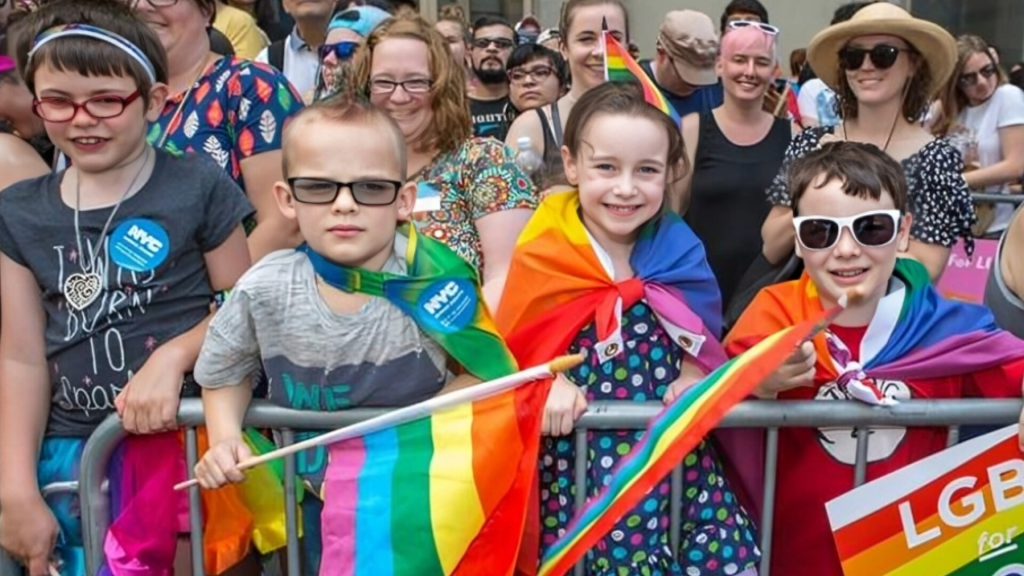
This research provides undeniable information on the increased popularity of childhood gender transitions. Medical interventions come with permanent, life-altering implications that this study proves are unnecessary for the majority of children that are questioning their gender.






